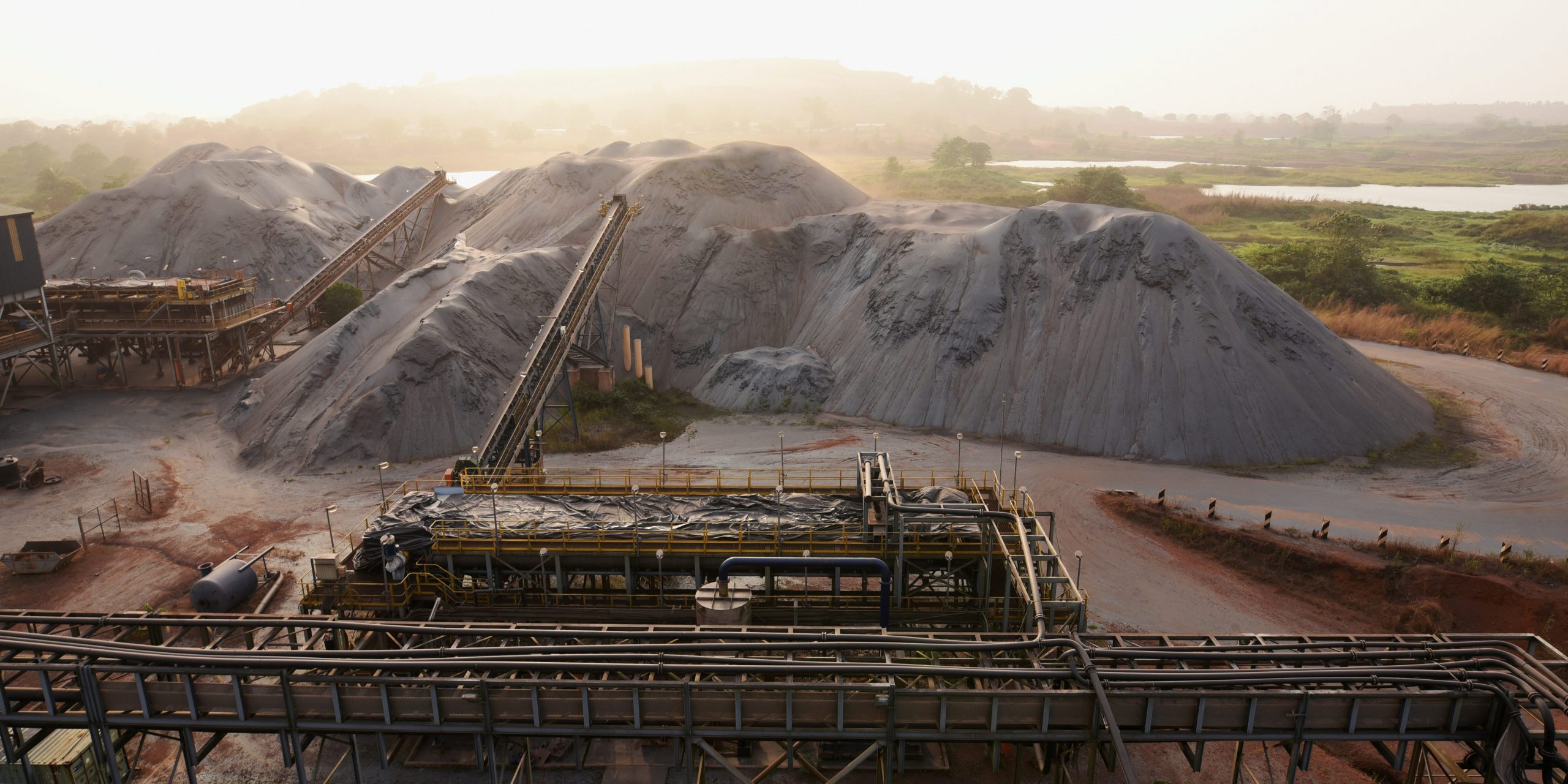
- Iron ore futures jumped roughly 10% on Monday, extending record highs.
- Rising prices come amid rising demand and a new wave of speculation in the commodities markets.
- "The surge of iron ore and steel prices were mostly boosted by speculative trading," Wu Shiping, a Tianfeng Futures analyst, told Reuters.
- Sign up here for our daily newsletter, 10 Things Before the Opening Bell.
Iron ore futures surged roughly 10% to hit an all-time high of more than $226 per tonne in Singapore on Monday.
Similarly, iron ore futures on China's Dalian exchange rose 10%, while steel prices rose 6%, as both metals hit a daily trading limit.
The rise in metal prices comes amid a boom for a number of commodities, from copper to lumber, as the global economy struggles with supply constraints amid the reopening.
Rising commodity prices are sparking concerns over the potential for inflation in many corners of the markets.
Executives mentioned the term "inflation" more than any time since 2011 during earnings conference calls in April, according to data from Bank of America.
Top economists like Mohamed El-Erian have also warned that inflation may not be "transitory" like the Fed believes. Historically high commodity prices are affecting the way traders do business as well, leading to speculation within many industries.
"The surge of iron ore and steel prices were mostly boosted by speculative trading," Wu Shiping, a Tianfeng Futures analyst, told Reuters.
"At present, market participants are trading iron ore derivatives like cryptocurrency ... not based on fundamentals, just pure momentum," Navigate Commodities Managing Director Atilla Widnell told the IndiaTimes.
Iron ore prices have now jumped roughly 135% over the past year amid strong demand and a rise in speculative trading, and many experts believe the rise will only continue.
The market "is very, very hot. Supply is still not able to meet that strong demand," Vivek Dhar, commodities analyst at Commonwealth Bank of Australia, told Bloomberg.
"There's still quite a lot of room to go. What we're really doing is we're testing the upper ranges of commodity markets to work out what the new price range is going to be." Evy Hambro, global head of thematic investing at BlackRock told Bloomberg.
Metals rise is good news for mining companies, however. Shares of Rio Tinto are up 43% in the past six months with fellow miners Glencore and Vale SA up 84% and 88%, respectively.
